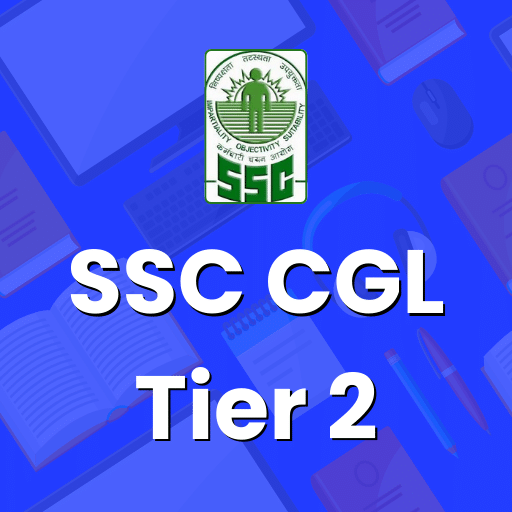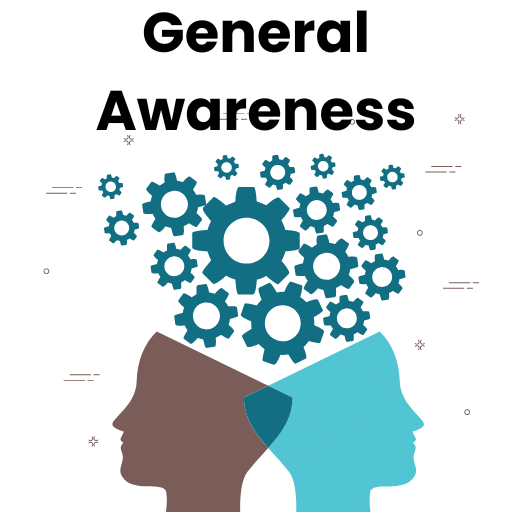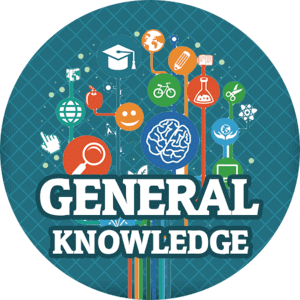Best Study Material for UGC NET Exam
UGC NET Exam > UGC NET Notes > Communication for UGC NET > Notes: Interactive Model
Interactive Model - Communication Notes
Introduction
The Interactional Model of Communication depicts communication as a dynamic process where individuals interchangeably assume roles as senders and receivers.

- The Interaction Model of Communication differs from the traditional linear model by emphasizing feedback, which makes communication a dynamic and interactive process.
- For example, in a classroom discussion, when a teacher responds to student questions or comments, it enhances understanding through conversation. Similarly, in everyday situations like searching for a remote control, people answer each other’s questions directly, highlighting the reciprocal nature of communication.
Question for Notes: Interactive Model
Try yourself:
In the Interactional Model of Communication, how does it differ from the traditional linear model?View Solution
How did Interactive model evolve?
- The linear model of communication presents a simplistic view where communication flows in one direction, from the speaker to the listener, without any interaction. This model fails to account for the active role of the listener and the feedback they provide. Wilbur Schramm recognized this limitation and proposed a more dynamic interactive model.
 Interactive Model
Interactive Model
- In Schramm's interactive model, communication is a two-way process where both the speaker and the listener are engaged in a continuous exchange. The listener does not passively receive the message; instead, they provide feedback to the speaker, creating a dialogue. This feedback can be verbal, non-verbal, or a combination of both.
- The model emphasizes that effective communication occurs when the speaker and listener share common experiences or backgrounds. This shared understanding facilitates better interpretation of messages and responses.
- For instance, if a speaker and listener have similar cultural backgrounds, the listener is more likely to understand the speaker's intentions and respond appropriately.
- Schramm's interactive model reflects the complexity of real-life communication, where both parties are actively involved in sending and receiving messages, along with feedback.
Schramm elaborates on this model in his book "The Process and Effects of Communication."

Concepts of Schramm’s Communication Model
Schramm’s model of communication includes the source which is also known as the encoder, the message or the signal, and the destination which is also recognized as the decoder. The model addresses the sociological aspects involved in communication. Communication or commonness can take place if the fields of the source and destination overlap as shown in the figure below as the field of experience.
Concepts of Schramm’s Communication Model
- Encoder: The encoder, also known as the source or sender, is responsible for initiating the communication process by encoding and transmitting the message.
- Decoder: The decoder, or receiver, is the individual or group intended to receive and interpret the message. Their role is crucial in understanding the information conveyed by the encoder.
- Interpreter: The interpreter plays a vital role in making sense of the message. This involves understanding the context, language, and any potential nuances in the communication.
- Field of Experience: The field of experience refers to the shared knowledge, experiences, and cultural backgrounds of both the encoder and decoder. When their fields of experience overlap, mutual understanding is more likely to occur.
- Circular Model: Schramm's model is circular, indicating that communication is an ongoing and dynamic process. It is not a one-time event but involves continuous exchange and feedback between the parties involved.
Advantages
- Circular Communication: This approach allows both parties to express their views, fostering a more inclusive and comprehensive dialogue.
- Dynamic Nature: The model's adaptability makes it applicable in various everyday situations where communication is constantly evolving.
- Active Participation: Both the sender and receiver are engaged participants in the communication process, with the ability to switch roles as needed.
- Semantic Noise Identification: The concept of semantic noise helps pinpoint issues during message interpretation, particularly those arising from language differences or unclear phrasing.
- Feedback Mechanism: Feedback is a crucial element that indicates whether the message was understood as intended, enhancing the clarity of communication.
- Interpretation Improvement: The focus on interpretation aids in making communication more effective by considering the nuances of understanding.
- Psychological Impact: The field of experience, which considers the psychological impact on understanding, goes beyond traditional methods and enriches the communication process.
- Contextual Factors: The inclusion of contextual factors, such as environmental influences on message interpretation, adds depth to the understanding of communication significance.
 |
Download the notes
Notes: Interactive Model
|
Download as PDF |
Download as PDF
Disadvantages
- Complexity of Communication Levels: The model faces challenges when dealing with multiple levels of communication and intricate processes, making it less effective in such scenarios.
- Limitation to Two Sources: Schramm's model is primarily designed for two sources communicating. When multiple sources are involved, the model becomes complicated and less applicable.
- Misinterpretation of Messages: There is a risk that the message may be interpreted differently from the sender's intent, leading to misunderstandings and miscommunication.
The document Interactive Model - Communication Notes is a part of the UGC NET Course Communication for UGC NET.
All you need of UGC NET at this link: UGC NET
|
6 videos|20 docs|5 tests
|
FAQs on Interactive Model - Communication Notes
| 1. How did the Interactive model of communication evolve? |  |
| 2. What are the key concepts of Schramm's Communication Model? |  |
Ans. Schramm's Communication Model emphasizes the importance of encoding and decoding messages, as well as the feedback loop between the sender and receiver. It also highlights the role of noise and context in the communication process.
| 3. Why is feedback important in the Interactive model of communication? |  |
Ans. Feedback is important in the Interactive model of communication because it allows for clarification, confirmation, and adjustment of messages between the sender and receiver. It helps ensure that the intended message is accurately understood.
| 4. How does the Interactive model differ from other communication models? |  |
Ans. The Interactive model differs from other communication models by putting a strong emphasis on the interaction and feedback between the sender and receiver. It views communication as a dynamic and continuous process rather than a linear transmission of messages.
| 5. How can the Interactive model be applied in everyday communication? |  |
Ans. The Interactive model can be applied in everyday communication by encouraging active listening, seeking clarification when necessary, and providing feedback to ensure mutual understanding. It can help improve the effectiveness of interpersonal communication in various contexts.
Related Searches































